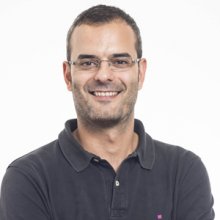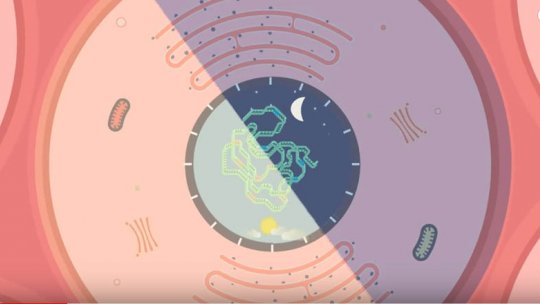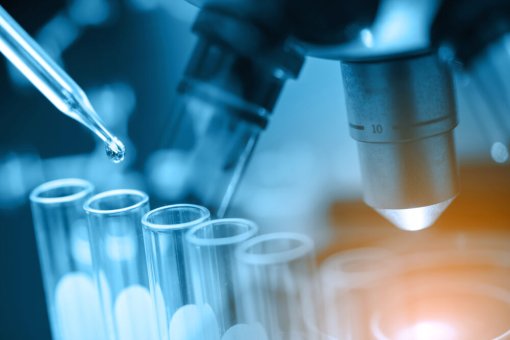Images
Participants


Contact

The prize is shared between American scientists Jeffrey C Hall, Michael Rosbash and Michael W Young for work on the internal clock of living organisms, using the fruit flies for their research.
Their discoveries explain how plants, animals and humans adapt their biological rhythm to synchronise with the rotation of the Earth.
The biological clock helps to regulate sleep patterns, feeding behaviour, hormone release and blood pressure.
Salvador Aznar Benitah, scientist at IRB Barcelona studying the day-night cycle in adult stem cells and its effects on ageing and injure repair, says that “the work of the three awardees opened a whole new field of research".
They identified the basics of the molecular machinery that establishes these autonomous daily clocks in all cells of our body.
"Work done by many others is now helping us understand what is the physiological relevance of the circadian machinery in different tissues and at the organismal level. Without their findings, most of this work would have not been possible", tells Aznar Benitah.
For instance, Aznar Benitah reserach have shown that the function of stem cells is under a tight circadian control, and that this mechanism allows stem cells to separate functions that if they were to occur concomitantly they would increase the risk of stem cells to acquire damage (for instance, DNA replication and exposure to UV radiation or high levels of oxidation).
"In fact, we now know that if stem cells become arrhythmic the animal develops many symptoms of premature ageing, leading to a significantly shortened life-span.", he says.
Furthermore, in August, Aznar Benitah published two studies in Cell which revealed that unexpectedly aged stem cells maintain their core circadian rhythms but that the normal functions that are regulated by these rhythms in young healthy stem cells are replaced by functions associated to tissue specific stress in aged tissues.
“We have observed a dramatic change in the output of the clock of aged stem cells in several tissues, but we still do not know how or why this happens. It will be very interesting in the future to identify the mechanisms underlying the rewiring of the circadian output in aged animals, and hopefully means to prevent it”, says the researcher.
The fruit fly and the Nobel Prize
The awardees of the Nobel Prize made their first discoveries in the fruit fly.
“The basic mechanisms of life are shared by all living organisms, and this explains why some species are suitable ‘models’ for studying such mechanisms,” says Jordi Casanova.
Casanova and his team at IRB Barcelona uses the fruit fly to unravel basic biological processes, some of them linked to diseases such as cancer.
“Again, The Nobel Prize in Medicine has acknowledged the use of Drosophila ,” he says.
Many other previous prizes involved this model, such as those awarded for establishing chromosomes as the physical mechanism for heredity, unveiling the damaging effects of radiation, and shedding light on how organisms develop from a fertilised egg, and also in immunity research.
“The power of this animal model will bring about many future discoveries,” notes Casanova.
More about the Nobel Prize in Medicine 2017:
El Mundo (quotes Salvador Aznar Benitah)
Correo de Manhà,Portugal (Salvador Aznar Benitah)
About IRB Barcelona
The Institute for Research in Biomedicine (IRB Barcelona) pursues a society free of disease. To this end, it conducts multidisciplinary research of excellence to cure cancer and other diseases linked to ageing. It establishes technology transfer agreements with the pharmaceutical industry and major hospitals to bring research results closer to society, and organises a range of science outreach activities to engage the public in an open dialogue. IRB Barcelona is an international centre that hosts 400 researchers and more than 30 nationalities. Recognised as a Severo Ochoa Centre of Excellence since 2011, IRB Barcelona is a CERCA centre and member of the Barcelona Institute of Science and Technology (BIST).




